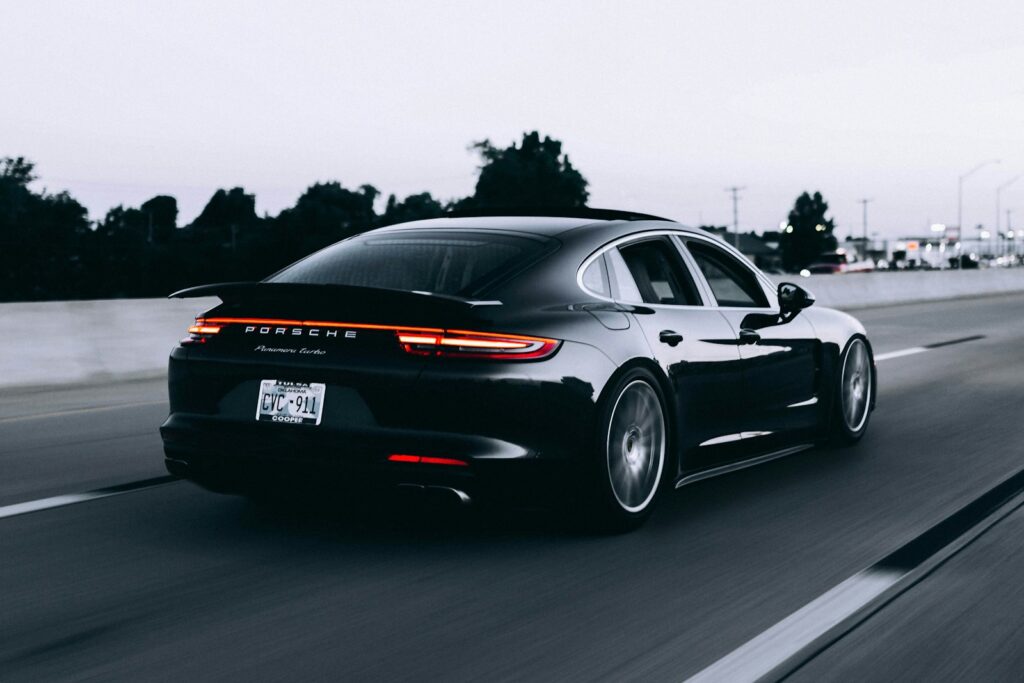
For many, the sight of flashing lights in the rearview mirror or the dread of a penalty notice can feel like an unavoidable part of driving. It often seems as though some drivers are simply lucky, cruising for decades without ever encountering the frustrating process of a traffic stop or the sting of a speeding ticket. However, what appears to be luck is, in fact, the result of a consistent adherence to a set of remarkably simple yet highly effective driving habits.
These aren’t complicated maneuvers or secret tricks known only to a select few. Instead, they are practical, actionable strategies that empower drivers to stay on the right side of traffic laws, minimize risk, and maintain a pristine driving record. By internalizing these behaviors, individuals transform their daily commute into a less stressful, more compliant experience, sidestepping the common pitfalls that lead to citations.
From understanding the nuances of local roads to leveraging modern vehicle technology, the drivers who consistently avoid tickets operate with a heightened sense of awareness and anticipation. They make conscious choices that, over time, become second nature, helping them navigate various driving scenarios with confidence and legality. Let’s explore some of these foundational habits that keep them out of trouble.

1. **Mastering Local Speed Changes: Anticipating the Unseen Shift**
We’ve all experienced that sudden, frustrating moment when the speed limit unexpectedly drops, perhaps from 45 mph to a sharp 30 mph, seemingly out of nowhere. Drivers who consistently avoid tickets, however, anticipate these changes long before the official sign even appears. They have cultivated a keen awareness of their routes, learning precisely where these limits dip, especially in critical areas like school zones or town entrances.
This isn’t about guesswork; it’s a form of learned environmental intelligence. These vigilant drivers have likely traversed the same roads enough times to develop an almost innate sense for landmarks – perhaps a specific tree, a distinct driveway, or a particular bend in the road – that signals an impending speed adjustment. They don’t rely on a GPS warning or a last-minute glance at a sign; their internal clock and visual cues prompt them to ease off the accelerator preemptively.
By internalizing these micro-geographical shifts, they initiate their slowdown before it becomes a reactive necessity, ensuring they are well within the legal limit when they pass the enforcement point. This proactive approach not only keeps them compliant but also contributes to smoother, safer transitions in traffic flow, avoiding abrupt braking that can surprise other drivers.
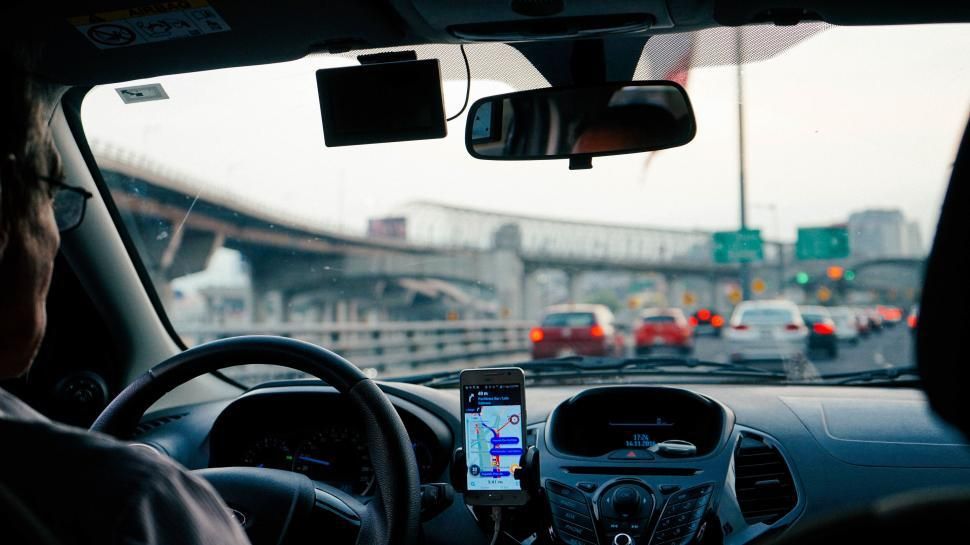
2. **Adopting the Local Pace in New Areas: The Smart Follower**
Venturing into an unfamiliar town often presents a unique set of challenges. Without local knowledge, drivers might unwittingly stumble upon hidden speed traps, poorly marked stop signs, or unadvertised enforcement zones. Drivers who successfully avoid tickets adopt a clever strategy in such situations: they refuse to charge ahead blindly and instead seek out vehicles with local license plates, then maintain a respectful distance.
This isn’t merely passive observation; it’s strategic learning. Locals, by virtue of their daily navigation, possess invaluable insights into the intricacies of their roads. They often know precisely where police commonly position themselves for speed monitoring or where that inconspicuous stop sign is tucked away behind foliage. Good drivers understand that in unknown territory, attempting to lead the pack without understanding the local rules is a high-risk endeavor.
By hanging back and matching the pace of a local vehicle, these savvy drivers effectively leverage collective intelligence. They blend into the established traffic rhythm, taking their cues from the car in front, which significantly reduces their visibility to law enforcement looking for outliers. It’s a subtle yet highly effective form of defensive driving that minimizes their exposure to unexpected violations.
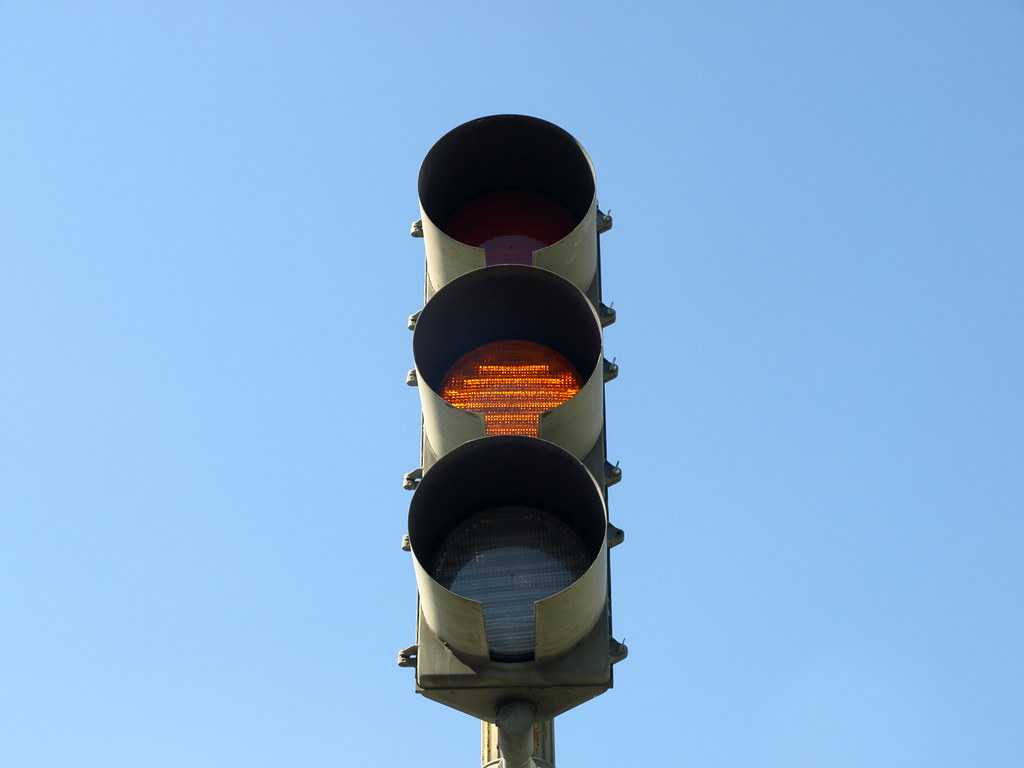
3. **Redefining Yellow: Treating It as a Red Light Warning**
For many drivers, a yellow traffic light serves as an urgent invitation to accelerate, a last-ditch effort to clear an intersection before the red. However, the habits of ticket-free drivers diverge sharply from this common impulse. For them, a yellow light is not a suggestion for speed but rather a clear, unambiguous warning to back off immediately.
This cautious approach is not born of excessive timidity but often from past experiences with unforgiving traffic cameras or near-miss incidents. These drivers understand that the margin for error when approaching a yellow light is razor-thin, and the consequences of misjudging it can be costly. Consequently, if a light is even remotely close to transitioning to yellow, their foot is already easing onto the brake pedal, initiating a safe stop.
By internalizing this principle, they reframe the yellow light’s meaning entirely. It ceases to be a race against time and transforms into a definitive signal to prepare to halt. This mindset eliminates the dangerous rush and ensures they are always able to stop safely, well before any potential violation for running a red light or being caught by an intersection camera.

4. **Blending In: The Art of Understated Vehicles and Diligent Maintenance**
One consistent trait among drivers who successfully avoid tickets is their deliberate effort to avoid anything that draws unwanted attention to their vehicle. You won’t find their cars adorned with garish neon lights, oversized spoilers, or aftermarket modifications designed to stand out. Their preference is for a vehicle that looks as unassuming as one might find in a dealership parking lot, emphasizing blend-in over spectacle.
This strategy is rooted in a pragmatic understanding: flashy aesthetics catch eyes, and those eyes often belong to law enforcement officers. By maintaining a low profile, these drivers aim to be unremarkable, making it less likely that their vehicle will be singled out for scrutiny. They prioritize a clean driving record and a hassle-free journey over any superficial enhancements that might invite an unnecessary stop for a registration check or other inspection.
Beyond external appearances, this principle extends to the meticulous maintenance of their vehicle’s operational components. These drivers are almost obsessively diligent about checking all their lights – headlights, taillights, and brake lights – using reflections or garage walls as quick inspection points. They fix any issues promptly, understanding that even a burned-out taillight or a cracked windshield serves as a perfectly legitimate reason for an officer to initiate a traffic stop, which can then uncover other, more annoying issues. Some even carry spare bulbs, recognizing that a small, overlooked fault can lead to significant inconvenience.
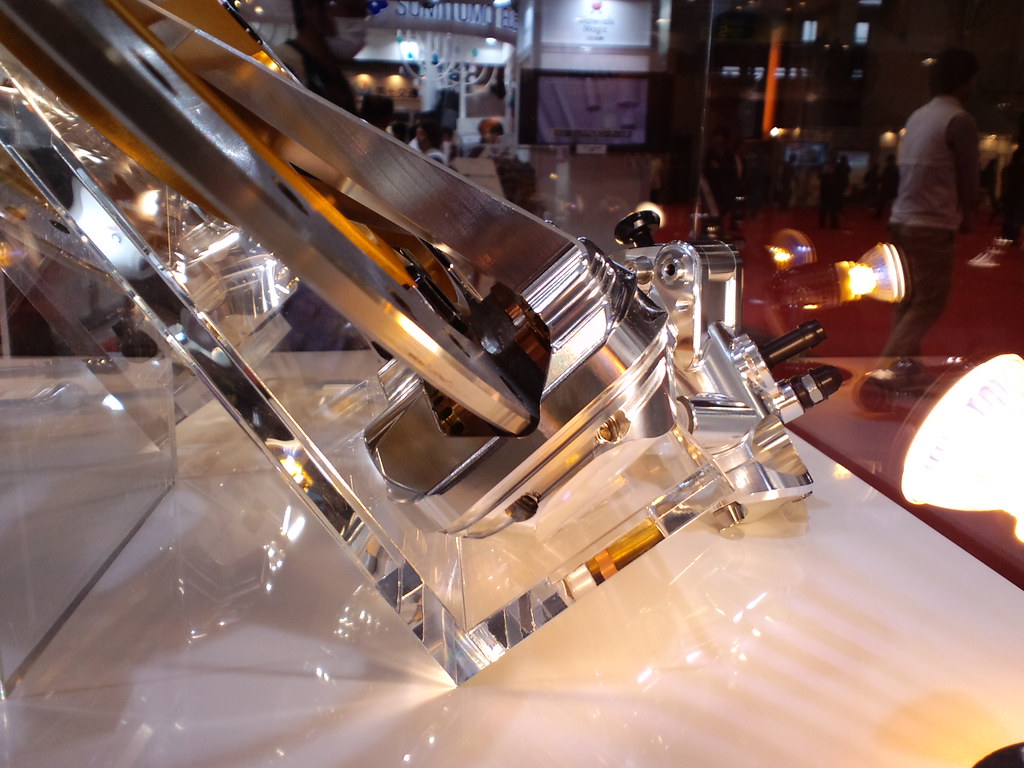
5. **Graceful Deceleration: Avoiding Panic Braking When Spotting Law Enforcement**
Witnessing a police vehicle, especially one with a radar gun, can trigger an immediate, instinctive reaction in many drivers: slamming on the brakes. However, drivers who consistently avoid tickets recognize this as a rookie mistake. Instead, they adopt a far more composed and effective strategy: easing off the gas pedal subtly, as if nothing out of the ordinary has occurred.
Panic braking, with its abrupt and noticeable deceleration, sends a very clear, often incriminating, message to law enforcement: “I was speeding, and now I’m trying to hide it.” This sudden change in speed can actively trigger radar suspicions or confirm an officer’s initial observations. It draws precisely the kind of attention a driver wants to avoid, essentially announcing a prior infraction.
The more seasoned approach involves a smooth, gradual reduction in speed. By allowing the car to slow naturally, without any dramatic movements, drivers prevent their vehicle from becoming a sudden point of interest. This calm, controlled deceleration makes it appear as though the driver was always in command of their speed, avoiding any tell-tale signs that might prompt an officer to take a second, more investigative glance.
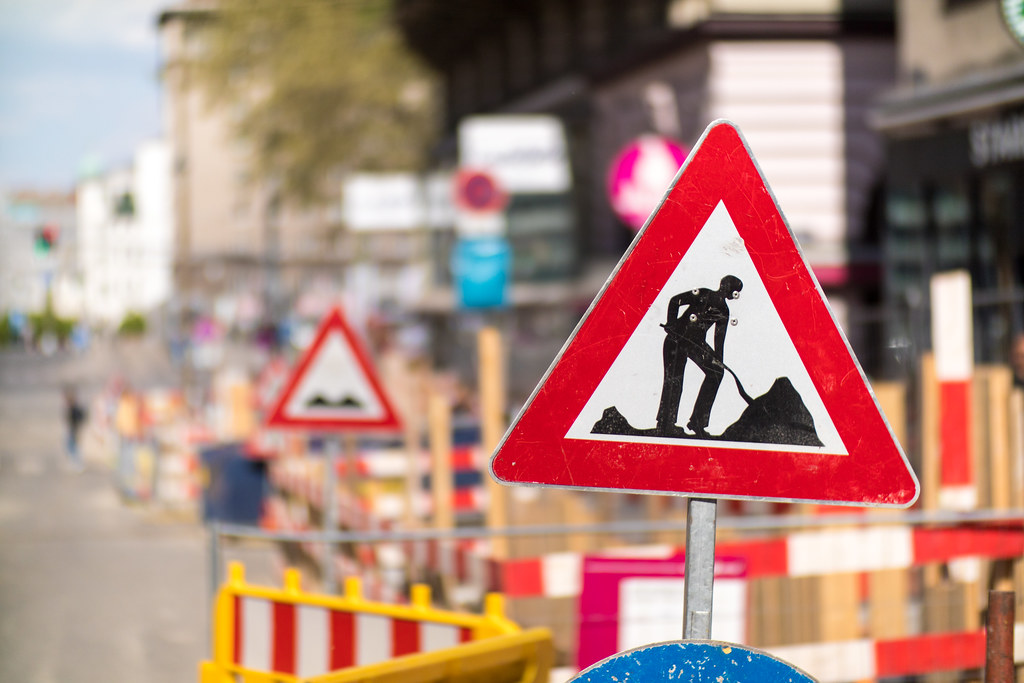
6. **Vigilance in Construction Zones: Proactively Reading Temporary Signs**
Construction zones are notorious hotspots for traffic enforcement, and drivers who successfully avoid tickets treat them with heightened caution and respect. Unlike many motorists who might blast through these areas, hoping for the best or assuming the rules are the same, these savvy drivers never make assumptions. They are meticulously attentive to all temporary signage.
They understand that patrol cars frequently lurk around construction zones, ready to enforce specific regulations that often carry increased penalties. If a sign explicitly states “fines double” or indicates a significantly reduced speed limit for a short stretch, these drivers take it with the utmost seriousness. They recognize that these are not mere suggestions but legally enforceable directives designed to protect workers and maintain safety.
The inconvenience of slowing down for a half-mile stretch of cones or navigating through a series of temporary barriers is seen as a minor trade-off. It is vastly preferable to the alternative: receiving a hefty ticket with potentially doubled fines, incurring points on their license, and enduring the time-consuming process of arguing with an officer or challenging the citation in court. Their proactive reading and strict adherence to these temporary rules save them significant hassle and expense.
7. **Tech-Enabled Speed Management: Your Smart Co-Pilot**
One of the most effective modern strategies for sidestepping speeding tickets involves leveraging the technology already integrated into many vehicles. On open highways where it’s all too easy for your speed to creep up without conscious effort, cruise control becomes an invaluable ally. Drivers who consistently avoid tickets make it a habit to engage this feature, especially on long stretches of road where the speed limit remains constant for miles, preventing that slow, often unnoticed drift from 65 mph to 80 mph.
Beyond basic cruise control, modern vehicles frequently offer adaptive or intelligent cruise control systems. These advanced features not only maintain a set speed but also intelligently adjust your vehicle’s speed in response to prevailing traffic conditions, ensuring you keep a safe following distance. Furthermore, many newer cars and electric vehicles now include built-in alerts that gently notify you when you exceed the posted speed limit. You can often customize a threshold, perhaps +5 mph, prompting the system to provide a subtle sound, visual cue, or even a haptic alert, acting as a quiet, ever-vigilant co-pilot to keep your foot in check.
In the evolving landscape of automotive technology, some systems are even designed to automatically adapt to posted speed limits, a feature particularly beneficial when transitioning from a highway to urban streets or entering a school zone. While these features do not make the car fully self-driving, they are remarkably accurate in helping drivers maintain speed compliance. By actively utilizing these technological aids, you can significantly reduce the mental load of constantly monitoring your speedometer, allowing you to focus on other critical driving matters while staying on the right side of the law.
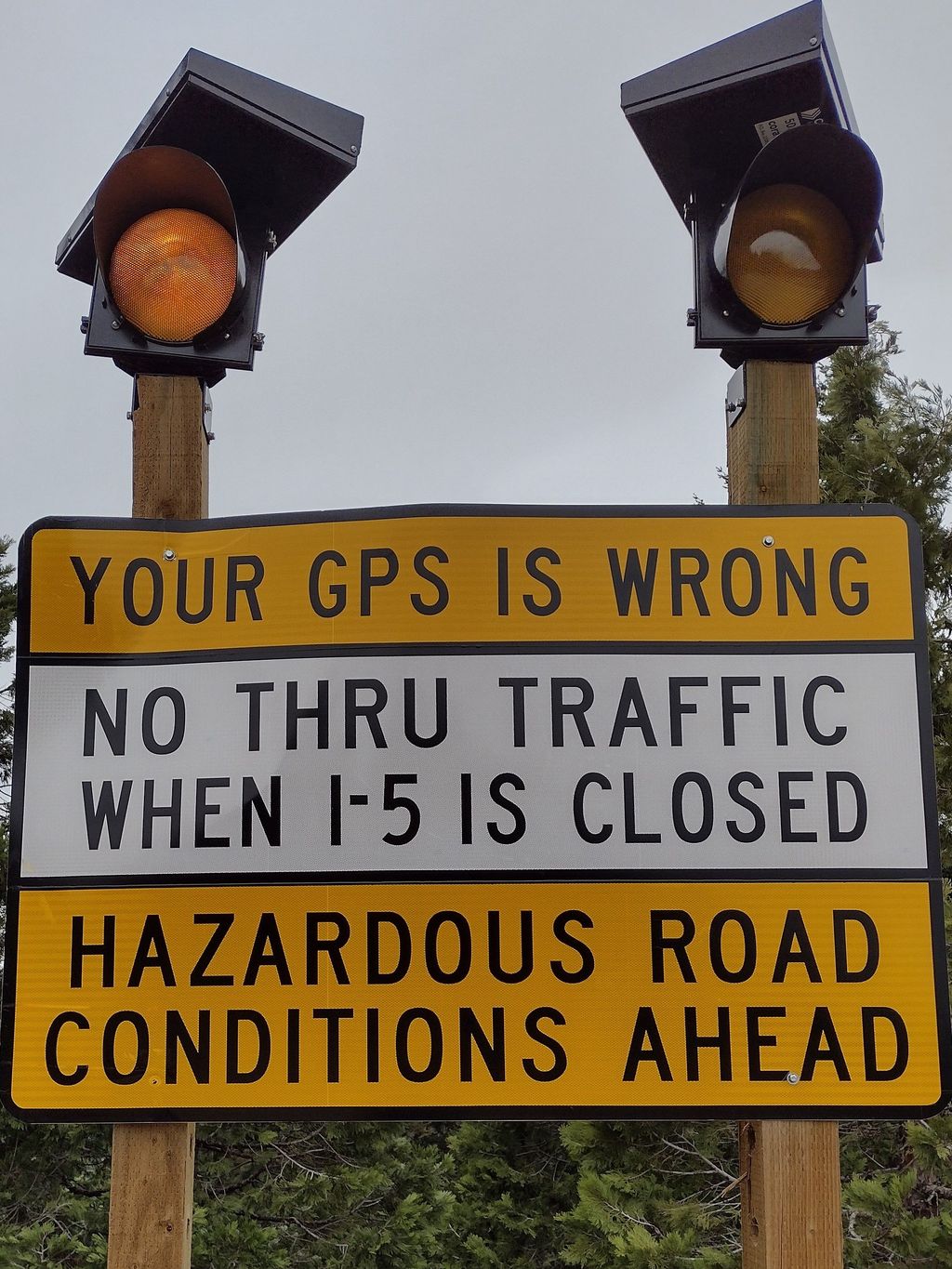
8. **Real-Time Navigation Warnings: Your Digital Lookout**
In today’s fast-paced world, staying ahead of potential traffic enforcement is easier than ever, thanks to the power of real-time navigation. Many popular mapping applications like Google Maps, Waze, and even your vehicle’s integrated navigation system are no longer just for directions; they now incorporate real-time speed limit data and often provide alerts for upcoming speed cameras or known enforcement zones. The key to truly leveraging these tools is to activate their voice alerts, transforming them into an audio reminder that keeps your eyes firmly on the road.
Relying on these voice alerts means you don’t need to divert your gaze from the ever-changing road conditions to confirm your speed or scan for potential hazards. This immediate, auditory feedback serves as a crucial heads-up, allowing you to proactively adjust your speed before you inadvertently cross a limit or enter a monitored area. Some apps even go a step further, offering options to customize these voice alerts with distinctive, memorable voices – perhaps even a fun, intimidating character like Darth Vader – adding an entertaining element to staying vigilant.
By embracing these real-time warnings, drivers effectively gain an extra layer of awareness, almost as if they have an advanced scout informing them of the road ahead. This digital lookout complements your own attentiveness, creating a more comprehensive defense against unexpected speed traps or sudden changes in enforcement. It’s a pragmatic approach that combines modern technology with smart driving, enabling you to react calmly and appropriately to maintain compliance without the stressful surprises.
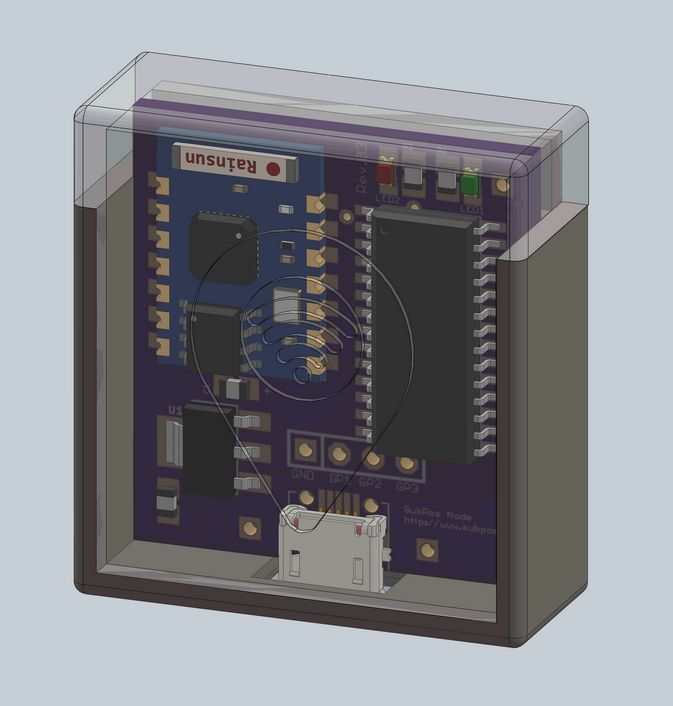
9. **Strategic Positioning: Blending into the Legal Flow**
A common misconception, and a dangerous one, is the “flow of traffic” myth – the belief that if everyone else is speeding, you won’t be singled out. However, drivers who avoid tickets understand that automated speed enforcement cameras and radar guns do not care about context; they can capture multiple vehicles simultaneously across various lanes and even in dual-directional traffic. If you’re exceeding the limit, you’re flagged, regardless of what the cars around you are doing. Therefore, a far smarter strategy involves strategic positioning within traffic.
One of the most effective tactics is to consciously avoid being the fastest car on the road. When someone speeds up behind you, even if you’re already traveling above the limit, the savvy driver will let them pass. This isn’t about conceding; it’s about making a calculated choice. The car leading the pack, the one setting the aggressive pace, is inherently more likely to draw the attention of law enforcement and be “clocked” by a radar gun first.
In a pack of cars, the goal is to blend in rather than stand out. Drivers who stay ticket-free consistently position themselves just behind the fastest vehicle, cruising comfortably and allowing that car to absorb the primary risk of detection. This subtle yet powerful form of defensive driving ensures that if law enforcement is looking for an outlier, their radar gun isn’t going to get you first. It’s about letting others inadvertently take the fall, while you maintain a low profile and a clean driving record.
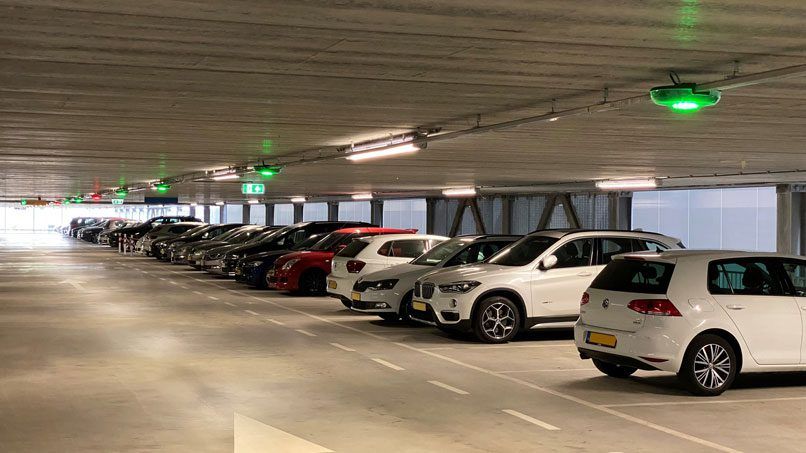
10. **Parking Lot Precision: Navigating Low-Speed Hotspots**
While many drivers associate traffic tickets primarily with major roads and highways, those with spotless driving records recognize that parking lots and private properties can be just as risky, if not more so, for unexpected citations. These areas, often overlooked, are surprisingly common hotspots for law enforcement, who sometimes wait by shopping centers or stadiums specifically looking for infractions that are frequently dismissed as minor.
One critical habit of ticket-free drivers is slowing down significantly at parking lot exits. It’s not uncommon for police to position themselves strategically near these exits, ready to cite drivers who roll through stop signs without a complete stop or who fail to yield appropriately. Beyond exits, these vigilant drivers are also meticulously careful to avoid stopping or waiting in fire lanes, even for what seems like a quick moment. They understand that fire lanes are strict no-parking zones, and a brief stop, no matter how quick, can easily lead to a significant ticket.
They’ve witnessed enough tickets being handed out in front of stores to internalize the understanding that the perceived convenience of a moment’s disregard for these rules simply isn’t worth the risk. This acute awareness of parking lot regulations and the potential for enforcement in these seemingly innocuous environments is a hallmark of drivers who manage to keep their records clear, demonstrating that compliance extends far beyond the open road.
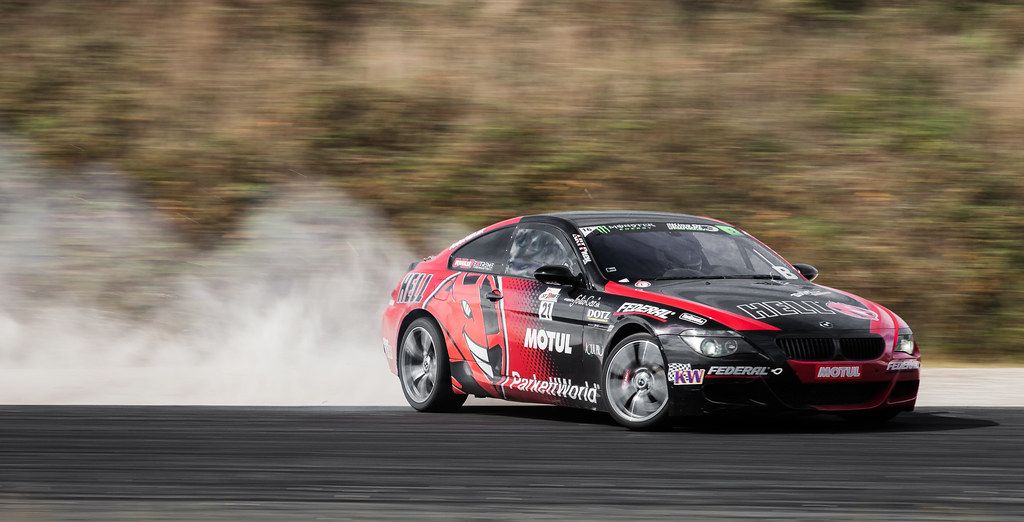
11. **Avoiding Aggressive Driving: Cultivating Calm Behind the Wheel**
The pressures of modern life, from traffic jams to running late, can easily fuel frustration and lead to aggressive driving behaviors. However, drivers who consistently avoid tickets understand that succumbing to road rage and displaying bad manners behind the wheel is a surefire way to attract unwanted attention from law enforcement. Their mantra is to relax, drive responsibly, and maintain composure, regardless of external stressors.
Behaviors such as weaving haphazardly through lanes, tailgating other vehicles, aggressively cutting people off, or excessively honking the horn do more than just irritate fellow motorists; they make you stand out. Police officers are trained to watch for these aggressive driving styles not only to issue citations but also to keep the roads safer for everyone. Driving angrily not only dangerously affects your own life but also puts the lives of those around you at significant risk.
By consciously cultivating a calm and courteous driving demeanor, you effectively make yourself less noticeable to officers looking for erratic behavior. A smooth, predictable driving pattern, even in frustrating situations, signals responsibility and control. This habit of maintaining good driving manners is a powerful preventive measure, minimizing the likelihood of being pulled over for a moving violation and contributing to a more pleasant and secure driving experience for all.

12. **Mindful Control: Harnessing Vehicle Settings and Audio Cues**
Beyond the external environment, astute drivers also leverage internal vehicle settings and even their choice of in-car entertainment to help them maintain legal speeds. This proactive approach includes making deliberate choices about driving modes and carefully curating their auditory experience on the road. It’s about creating a personal ecosystem within the car that promotes steady, compliant driving.
Many vehicles today offer various driving modes, such as “sport,” “comfort,” and “eco.” Drivers who avoid tickets are mindful of how these settings influence their driving. They recognize that “sport” mode often makes the accelerator pedal more sensitive, which can inadvertently lead to higher speeds, especially in heavy traffic or areas with tight speed enforcement like school zones. In contrast, they opt for “eco” or “comfort” modes in such scenarios, which provide smoother, less aggressive acceleration and make it easier to stay within limits.
An intriguing, yet surprisingly effective, tactic involves the strategic use of music. Studies have shown a clear correlation between music tempo and driving speed: high-energy, upbeat tracks can unconsciously prompt drivers to go faster. Therefore, these savvy individuals curate playlists of slower or mid-tempo songs, ideally under 100 BPM, for city driving or when they need to be particularly speed-conscious. This simple audio cue acts as a subtle psychological governor, encouraging a more relaxed and compliant driving pace, reinforcing mindful control behind the wheel.
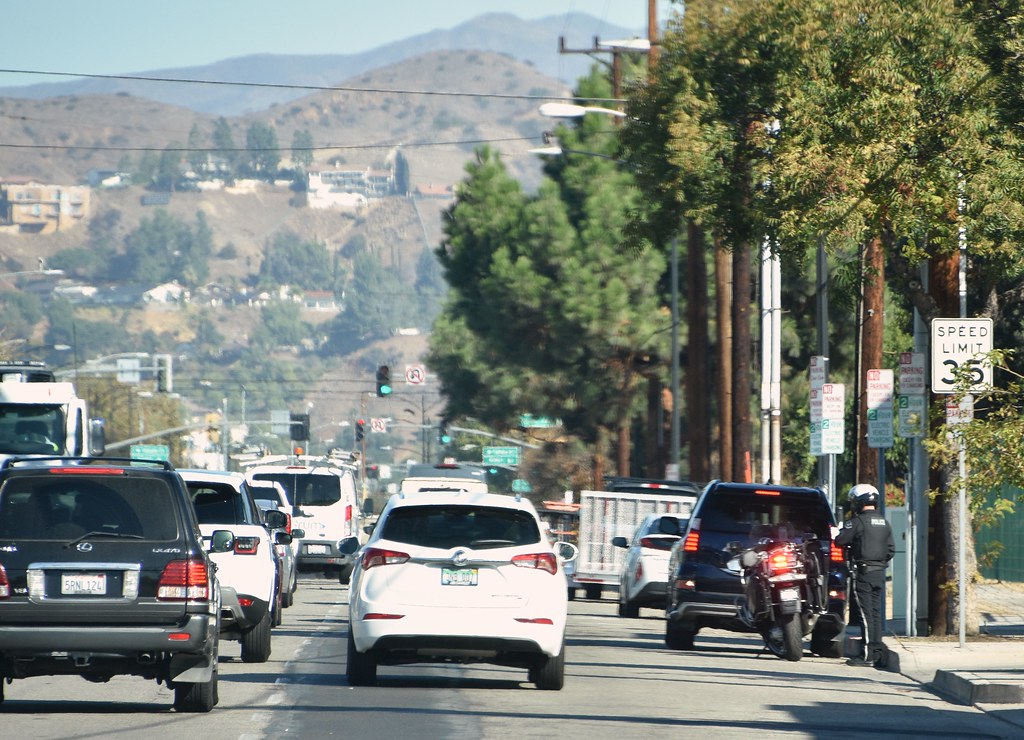
Avoiding a traffic ticket in today’s increasingly tech-driven world isn’t just about being cautious; it’s about being exceptionally smart and leveraging every available tool at your disposal. From the sophisticated automated systems in your vehicle to the real-time warnings from your navigation apps, the landscape of speed compliance has evolved significantly. These habits, far from being complicated, are actionable strategies that empower you to take control, optimize your driving experience, and maintain a pristine record.
Remember, these aren’t merely tricks to escape fines; they are practices that fundamentally enhance road safety, contributing to a more secure environment for everyone. By adopting these advanced strategies – embracing technology, mastering strategic positioning, prioritizing parking lot precision, cultivating calm, and harnessing mindful control – you transform your daily commute into a proactive journey of compliance. It’s about more than just staying under the limit; it’s about intelligent driving for a safer, ticket-free future. If you’re driving a modern vehicle and still encountering tickets, perhaps it’s time to unlock its full potential and truly make it work for you.

